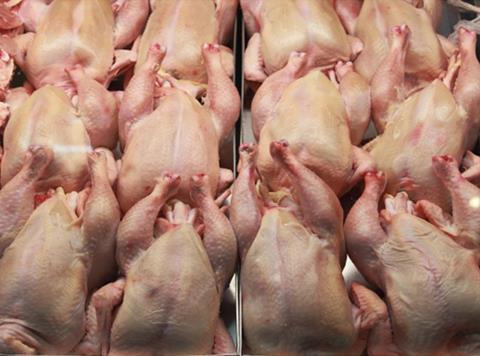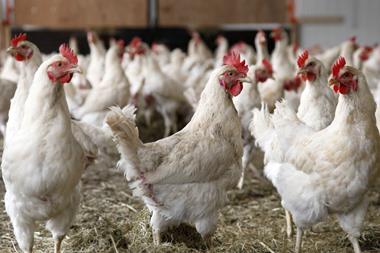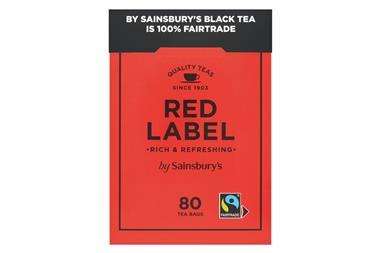
The EU poultry market continues to struggle from the impact of recent avian flu outbreaks, new analysis from Rabobank has suggested.
Major outbreaks of bird flu last autumn in the UK, Netherlands and Germany, followed by instances this spring in Hungary, indicated there was still “disease pressure” according to the bank’s latest Poultry Quarterly. It warned the outlook for EU poultry remained fragile and would depend “on the industry’s ability to protect itself against future avian flu outbreaks”.
Defra ordered the culling of 6,000 ducks on an East Yorkshire farm in November after an outbreak of the H5N8 strain of avian flu. This came just days after more than 150,000 chickens were destroyed by authorities near the Dutch city of Utrecht.
Report author Nan-Dirk Mulder warned of continued volatility created by import bans on poultry stock from flu-affected countries. But he added the EU poultry sector had shown some signs of recovery during the first two quarters of 2015, with relatively tighter supply due to the cullings.
“The EU’s international trade position is still improving thanks to the weak euro, which makes exports relatively competitively priced, and imports more expensive,” he said.
European exports increased 2% during the first two months of the year, with the average export price of EU poultry also rising 2% year on year.
Improved local demand had also partly offset the impact of export bans on poultry from flu-affected countries, Mulder added.
On a global scale, the effects of avian flu contributed to a fall in total trade volume of 13% between the fourth quarter of 2014 and the first quarter of 2015, while US outbreaks of the virus have led to a year-on-year slump in exports of 10% for the first quarter.











![[yellow tail] Shiraz in new packaging in table setting. Credit Chris Pearce](https://dmrqkbkq8el9i.cloudfront.net/Pictures/380x253/5/4/0/357540_yellowtailshirazinnewpackagingintablesetting.creditchrispearce_519850.jpg)






No comments yet